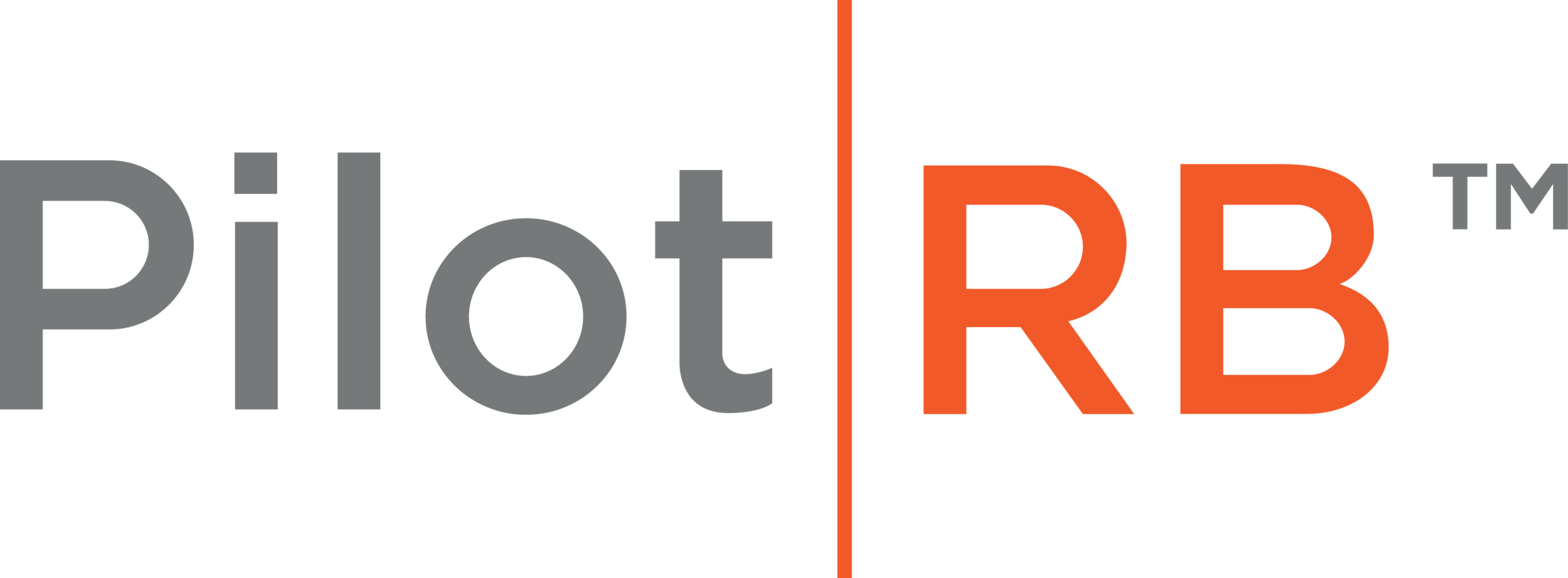Mental Health Parity Check-In
Employers will recall the amendments to existing Mental Health Parity and Addiction Equity Act (MHPAEA) made by the 2021 Consolidated Appropriations Act. Notably, these updates require all plans to perform and maintain a comparative analysis for all non-numerical (non-quantitative) treatment limitations (NQTLs) applicable to mental health benefits. After many months of uncertainty, and thousands of public comments, the Biden Administration announced issuance of the final rules on September 9th.
Among the myriad provisions contained in the 536 page final rules, several will be of particular significance to employers. While fully insured health plans will generally rely on their carriers for substantive compliance, there are still several aspects that will fall to these employers. As with many compliance tasks, self-funded employers will need to collaborate with their ASO providers and benefits consultants on these requirements.
Key Changes to MHPAEA Taking Effect January 1, 2025:
Reinforcement that health plans and issuers cannot use NQTLs that are more restrictive than the predominant NQTLs applied to substantially all M/S benefits in the same classification.
Examples of NQTLs include: prior authorization requirements and other medical management techniques, standards related to network composition, and methodologies to determine out-of-network reimbursement rates.
Requirement that plans and issuers collect and evaluate data, and take reasonable action, to address material differences in access to MH/SUD benefits as compared to M/S benefits.
Codify the requirement in MHPAEA, as amended by the Consolidated Appropriations Act, 2021, that health plans and issuers conduct comparative analyses to measure the impact of NQTLs.
This includes evaluating standards related to network composition, out-of-network reimbursement rates, and medical management and prior authorization NQTLs.
Prohibit plans and issuers from using discriminatory information, evidence, sources, or standards that systematically limit access to MH/SUD benefits as compared to medical/surgical benefits when designing NQTLs.
Implement the sunset provision for self-funded non-Federal governmental plan elections to opt out of compliance with MHPAEA.
As we approach the 4th quarter, employers should work with their benefits consultants to ensure their health plan currently has a comparative analysis on file (with the fully insured carrier, or ASO provider). The DOL Fact Sheet can be a great employer tool. Additionally, it's a good time to identify which (if any) limitations in the plan may need to be changed or eliminated. Being prepared for the final rules will ensure a smooth path to compliance.
